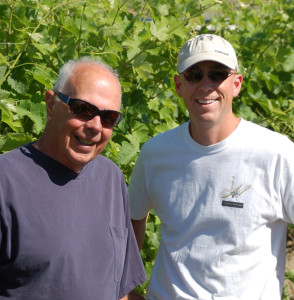First person point of view remains one of the trickiest strategies for any writer, as well as one of the most effective and popular ways of telling a story. This class will provide key insights into writing in first person: thinking of yourself as a character in a story; changing your point of view in the course of the story; reaching a meaningful conclusion that will interest readers. We will discuss first person point of view in memoir, travel pieces, humor, and other genres.
1) THINK OF YOURSELF AS A CHARACTER – The first person you assume in the story is a selection, not your whole personality, and you want to select carefully so that the aspect of yourself that you highlight works well within the entire narrative.
The part of yourself that you emphasize will depend on the kind of story you’re planning to tell. In one story you may want to emphasize your competence at croquet, in another your incompetence at softball. But remember that you’re choosing a selection of yourself, not necessarily the whole person. In first person, you’re assuming an aspect of your personality, and turning that aspect into a persona, a character who fits within the larger story. The narrator is a part of you, not all of you.
In his essay, “Natural Narratives,” Michael Pollan, author of The Omnivore’s Dilemma, advises using first person strategically.
“The key is to realize that once you’ve made the decision that you’re writing a first-person piece, you’re not done. There’s a second decision: Which first person? You have many identities when you’re writing. For example, I could approach a piece as a gardener. Or as a Jew. Or a son. Or father. As someone who lives in Berkeley, Calif. As any number of identities. When you’re writing in first person, you’re not using your whole identity. You’re choosing what is useful to your story.
With “Power Steer,” I wrote as a carnivore. This was an important choice. Because if I’d written about the meat industry as a vegetarian, nobody would have read what I wrote. I needed to start where my reader was. And odds were that my New-York-Times reader was a carnivore. It’s also much more interesting to find out what happens to a carnivore after he’s gone into the heart of darkness of the modern American meat industry than what happens to a vegetarian. Because you know exactly what would happen to a vegetarian: He’d say, “See, I told you so.” That’s not very interesting.”
I’ll be discussing additional strategies for first person writing on my blog in the days ahead. Please follow if it’s useful and forward to others. This is one of the many techniques I teach in my Seattle writing classes. Visit my website for more.
 The Writer's Workshop
The Writer's Workshop 












